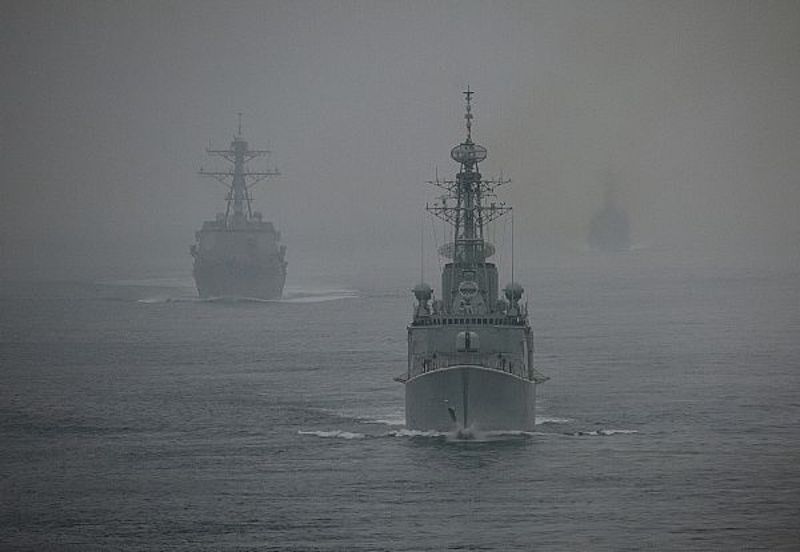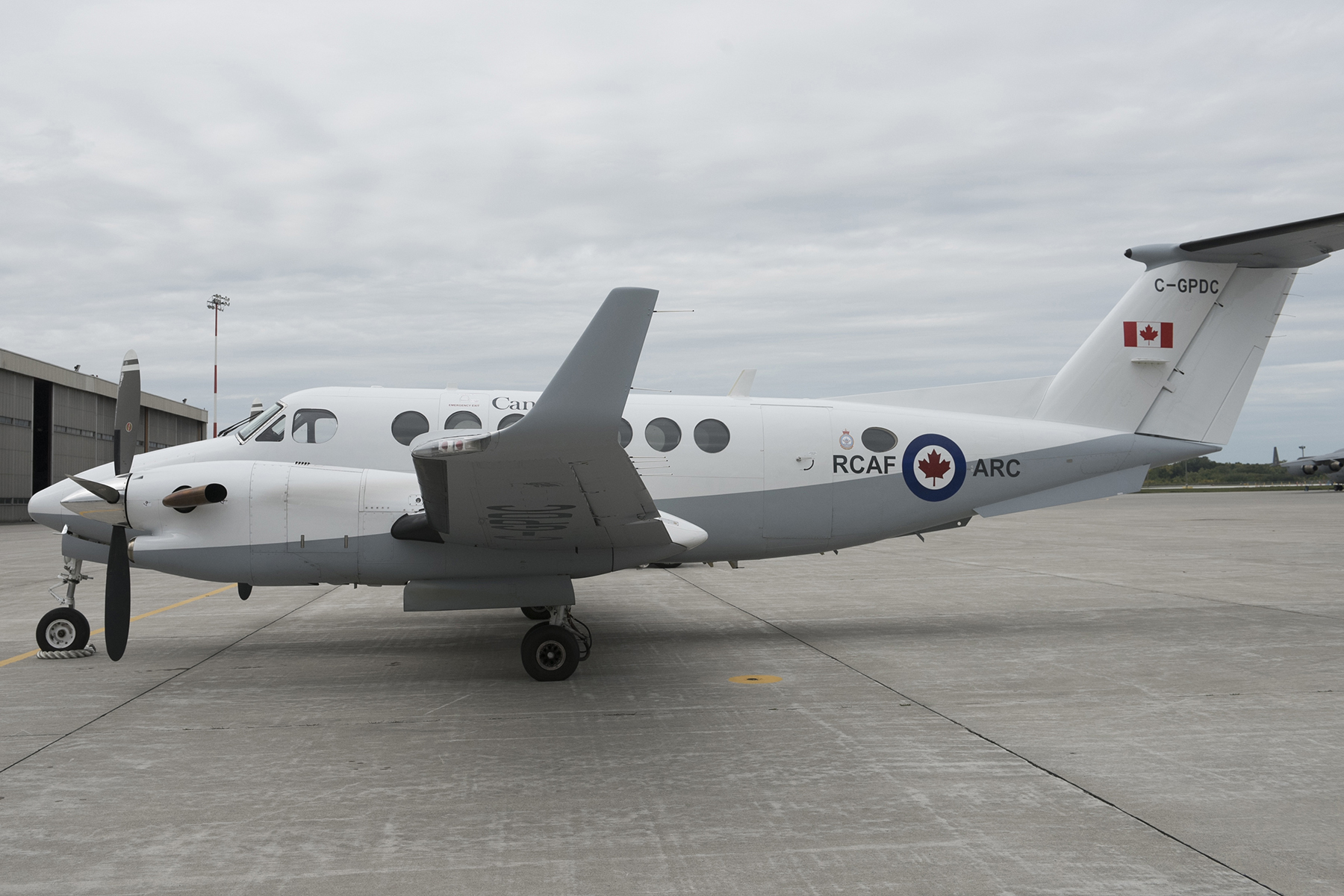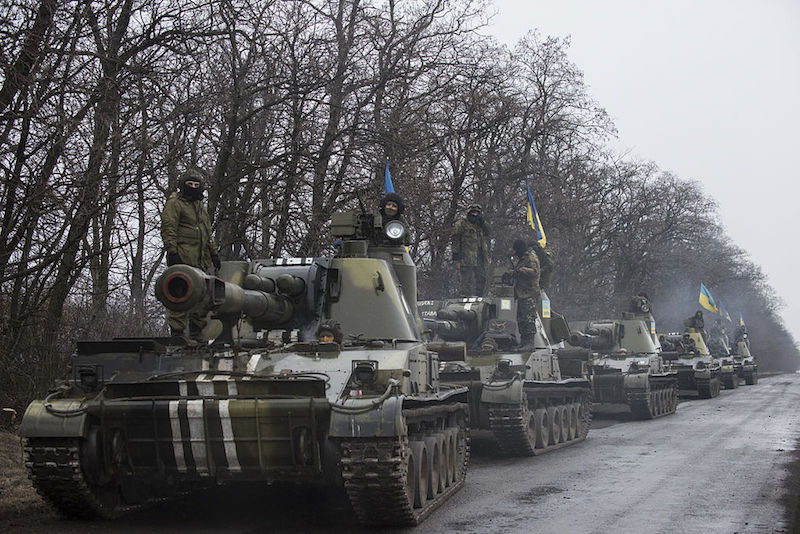Ian Pelekis, a Director of the Canadian Centre for Strategic Studies, is an acting collaborator with NAOC on this special report on the Defence Policy.
Part 4 of this special report on Canada’s Defence Policy will examine the Royal Canadian Navy (RCN). The Defence Policy identified growing friction in the Arctic and the demands imposed by Canada’s coastline- the longest on earth- as reasons to make the RCN a major investment point. Additionally, the RCN is intended to be a force capable of a global reach and performing ‘blue water’ operations. In 2010, Canada contrived a National Shipbuilding Strategy (NSS) to renew its fleet of combat and non-combat vessels. As part of that strategy, the policy provides for the procurement of 15 new, ‘fully funded’, surface combatant ships to replace existing frigates and retired destroyers. Unfortunately, in a fashion alarmingly reminiscent of major RCAF procurement projects, one begins to encounter a series of problems that place into question the feasibility of the objectives.
The initial obstacle preventing an adequate comprehension of Canada’s NSS is the deliberate ambiguity surrounding what specifically constitutes a surface combatant and how it will be fully funded, even if costs are spread into the future. The policy itself acknowledges that the expected delivery schedule- with the first ship expected in 2026- and servicing of the ships will result in “significant expenditures” outside the 20 year timeframe. The policy is silent on whether this is caused by a substantial amount of un-calculated costs, or, an insufficient budget unable to purchase 15 surface combatants of a blue water navy quality. Another political uncertainty is created by Minister Sajjan’s explicit insistence that the policy fully funds 15, “not up to 15 and not 12”, surface combatants, while Public Services and Procurement Canada states the surface combatant project will have “up to 15” vessels built. Compounding concerns, a week prior to the release of the policy, the Parliamentary Budget Officer estimated Canada’s purchase of 15 surface combatants to cost $62 billion CAD, almost $40 billion CAD over the initial estimation of $26 billion CAD. This estimation did not include operational and maintenance costs while predicting Canada could only purchase 6 combatants with the Liberal’s current allocation of funds- something Minister Sajjan explicitly ruled out.
Ships that fulfill the roles of corvettes up to battleships are what surface combatants generally refer to. Modern naval warfare and the corresponding proliferation in Anti-ship Missiles (AshMs) have diminished the utility that battleships and cruisers once possessed, making concentrating firepower in a single capital ship foolhardy. Corvettes are a smaller class of ship which are normally deployed in coastal defence and Anti-Access Area Denial (A2/AD) operations. The next possible options are frigates and destroyers. Despite being suitable middle-tier ships, frigates are a redundant option given Canada’s announcement that it will upgrade and modernize 12 navy frigates until 2030. Simultaneously, Canada retired 4 Iroquois class destroyers, leaving an important gap in the RCN’s capabilities. Given the changes in naval warfare and Canada’s objectives, the ideal choice would be to procure a combination of large frigates and small destroyers. Such a purchase would be a necessary measures to meet Canada’s stated objectives while also representing a tremendous augmentation of the RCN. A mixed combatant fleet can be precluded since other contentions highlight Canada’s intention to purchase 15 off-the-shelf models, even if a fleet comprised of both destroyers and frigates would be the strategically superior option.
Chaos has already engulfed the acrimonious bidding process as bidders have already requested a rewriting of Canada’s proposed requirements, which they believe represent a “very high risk of failure”. Four of the twelve firms bidding are considering the 6 month bid request absurd, as concerns mount over the design of the project itself. Furthermore, Canada’s request that the intellectual property associated with foreign designs be part of any bid is causing friction with allies at a time its attempting to achieve coordination and interoperability with them. Many foreign governments and bidders are boggled by the amount of technical data Canada is demanding, making potential partners look for more lucrative and realistic contracts elsewhere. This limits Canada’s options without solving its problems in the context of a significant capabilities gap that threatens to leave Canada exposed.
Since Canada requested an off-the-shelf design it is important to examine the bidders for a comprehensive overview of Canada’s options. Littoral Combat Ships (LCSs) are not considered options due to the nature of Canadian combat missions and the projection capabilities prescribed by the policy.
Bidder: Alion Science and Technology Corp.
Existing Design: Arleigh Burke class
Cost of 15 combatants: approx. $35 billion CAD (Severely over budget)
Capabilities: Met
Bidder: Atlas Elektronik
Existing Design: Baden-Württemberg class frigate (Type 125)
Cost of 15 combatants: approx. $14 billion CAD (Sustainment costs will create overrun)
Capabilities: Met (Limited ground support due to lack of Vertical Launch System (VLS))
Bidder: BAE systems
Existing Design: Type 26 frigate
Cost of 15 combatants: Unclear (approx. $24 billion CAD (over budget))
Capabilities: Not Met
Bidder: BAE systems
Existing Design: Type 45 destroyer
Cost of 15 combatants: Unclear (Still under development but likely to be over budget)
Capabilities: Not Met (Lack of Surface strike capability)
Bidder: DCNS
Existing Design: FREMM
Cost of 15 combatants: approx. $13 billion CAD (Sustainment costs will create overrun)
Capabilities: Met
Bidder: DCNS
Existing Design: Belharra stealth capable frigate
Cost of 15 combatants: approx. slightly under $17 billion CAD (Sustainment costs will create overrun)
Capabilities: Uncertain
Bidder: Fincantieri
Existing Design: Andrea-Doria Class Destroyer
Cost of 15 combatants: $33.24 billion CAD (Severely over budget)
Capabilities: Met
Bidder: Lockheed Martin Canada
Existing Design: Freedom-Variant Frigate (LCS but only existing model found)
Cost of 15 combatants: $6.82 billion CAD (Well within budget)
Capabilities: Not Met
Bidder: Navantia
Existing Design: Hobart-class destroyer
Cost of 15 combatants: $39 billion CAD (Severely over budget)
Capabilities: Met
Bidder: Odense Maritime
Existing Design: Iver-Huitfeldt Frigate
Cost of 15 combatants: $6.18 billion CA
Capabilities: Not Met (Lack of Surface strike capability)
Bidder: SAAB Australia
Existing Design: Kockums Flexpatrol (Corvette)
Cost of 15 combatants:————
Capabilities: Met (size and displacement indicates that these capabilities will be limited)
Bidder: Leonardo
Existing Designs: FREMM and Andrea Doria
Bidder: Thales
Existing Designs: More involved in designing subsystems for Surface Combatants.
Bidder: ThyssenKrupp Marine Systems
Existing Design: 124 class Frigate
Cost of 15 combatants: $11.12 billion CAD
Capabilities: Not Met (Lack of surface strike capability)
Reviewing the off the shelf designs reveals the limited options of the RCN. Ships likeliest to fit the role are equally likely to be unacceptably over budget due to contingent maintenance and operation costs. The RCN can procure vessels that meet technical requirements but fail to perform adequately. One realistic option is the FREMM, an existing design. Nevertheless, procurement plans for the NSS will be sizeably over budget while possibly endangering Canada’s national security too. Difficulties in defending Canada’s Arctic are compounded when inordinate sustainment costs are pushed into an unaccounted for future or when ships underperform in their designated roles. A winning bid is expected to be selected by next year and it is important that Canada find a compromise between capabilities and costs that prevents such a scenario.
Photo: The Royal Canadian Navy destroyer HMCS Algonquin (DDGH 283) leads the Arleigh Burke-class guided-missile destroyer USS Stockdale (DDG 106) and the Oliver Hazard Perry-class guided-missile frigate USS McClusky (FFG 41) (2011) via U.S. Navy
Disclaimer: Any views or opinions expressed in articles are solely those of the authors and do not necessarily represent the views of the NATO Association of Canada.




